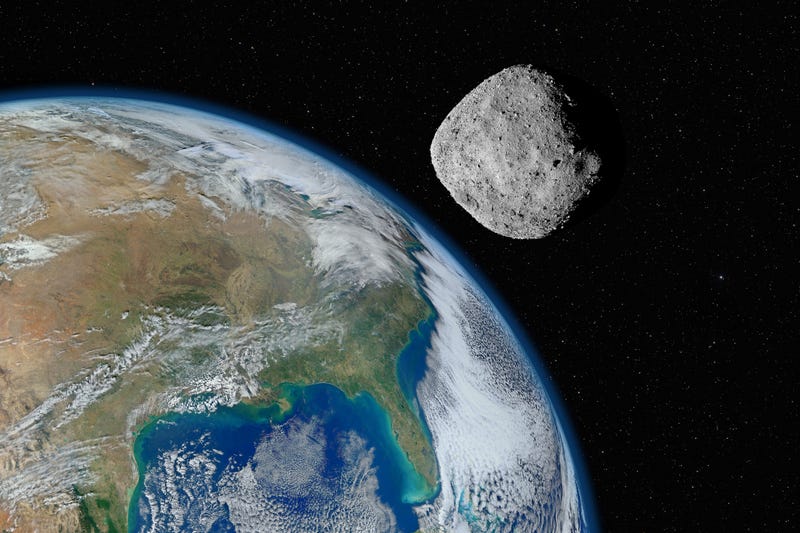
In September of last year, NASA conducted a test meant to push an asteroid off-course. Now studies analyzing the new path of the asteroid have found the world can defend itself from potentially cataclysmic asteroids, as the test was a success.
The five new studies on the impact of the Double Asteroid Redirection Test (DART) published in Nature shared that NASA’s mission was successful in significantly impacting the orbital shift of the asteroid Dimorphos.
While the DART test wasn’t as intense as Ben Affleck and Bruce Willis on an asteroid, the theory of smashing a satellite into an asteroid to push it off its course has now become a reality. Some researchers say it could also be used if an asteroid is on a collision course with Earth and needs to be redirected.
Dimorphos is now orbiting its larger asteroid 33 minutes longer than before the impact of the DART satellite. This is significant as it was first predicted the impact would only add seven minutes to the asteroid’s orbit.
Part of the reason for the increased time was that scientists did not account for the extra momentum caused by the ejected material from the crash.
Cristina Thomas, a planetary scientist at Northern Arizona University who led the study, spoke with Vice about the findings, sharing that the mission was more complicated than people think.
“People may think of the DART mission as a fairly straightforward experiment that is similar to playing billiards in space—one solid spacecraft impacts into one solid asteroid,” Thomas said. “However, asteroids are far more complex than just a solid rock; in fact most asteroids are what we think of as rubble piles. If you hit a rubble pile with a spacecraft, a lot of material will be ejected and fly away.”
Another study in the Nature package, led by Terik Daly, concluded that “the resulting change in Dimorphos’s orbit demonstrates that kinetic impactor technology is a viable technique to potentially defend Earth if necessary.”
In the study, Daly, a planetary scientist at Johns Hopkins University Applied Physics Laboratory, reconstructed the entire mission to come to its conclusion.
The Hubble Space Telescope also observed the crash. Its published study, led by Jian-Yang Li, found that the crash has provided a “framework for understanding the fundamental mechanisms acting on asteroids disrupted by natural impact,” according to the study.
While it’s being seen as a success, the observations of the asteroid are set to continue, and Thomas shared with Vice that the mission now should include identifying asteroids that could carry a risk to Earth.
“Next, we really need to focus on finding the currently undiscovered near-Earth asteroids,” Thomas said. “We need to understand where the potentially hazardous objects are with respect to Earth so that we can know if any pose a risk to the planet. There are currently no known asteroids that pose a threat to the planet.”
LISTEN on the Audacy App
Sign up and follow Audacy
Facebook | Twitter | Instagram